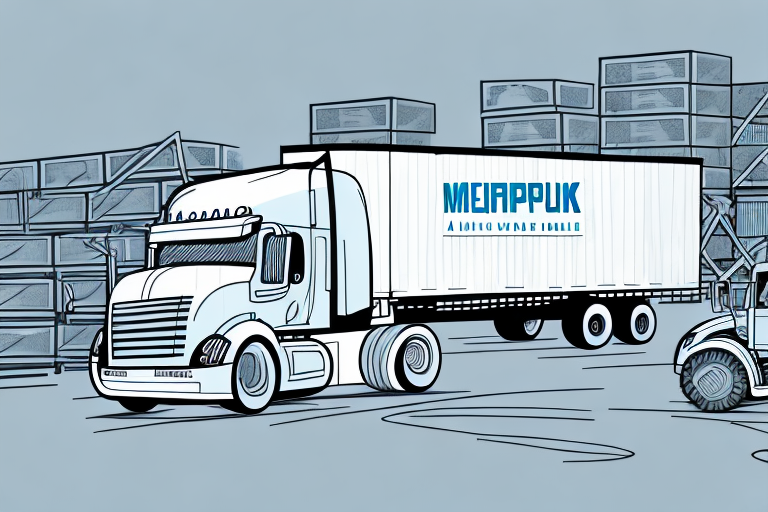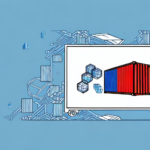Understanding Chassis Fees in Supply Chain Logistics
In the complex world of supply chain logistics, numerous factors affect the cost and efficiency of transporting goods. One pivotal element is the chassis fee—a charge levied by carriers for the use of a chassis, which is essential for transporting containers. This article delves into the various aspects of chassis fees, including their definition, impact on the supply chain, calculation and management strategies, and the legal considerations involved.
The Role of Chassis in Transportation
What is a Chassis?
A chassis is a wheeled trailer on which containers are mounted for transportation. Without chassis, moving containers would require additional specialized equipment, making the process both difficult and expensive.
Importance in the Supply Chain
Chassis play a critical role not only in transporting goods but also in optimizing storage space at ports and facilitating intermodal transportation. This adaptability allows for efficient use of resources, as chassis can be easily transferred between different transportation modes, such as sea, rail, and road.
Impact of Chassis Fees on the Supply Chain
Cost Implications
Chassis fees can significantly influence the overall cost structure of transporting goods. High chassis fees increase transportation costs, which can reduce shipment profitability and impact a company's competitive edge. According to industry reports, logistics costs can account for up to 50% of the total product cost (Inbound Logistics).
Operational Efficiency
Excessive chassis fees may lead to logistical challenges, such as delays caused by chassis shortages. This can disrupt the supply chain, leading to longer transit times and increased risk of inventory shortages.
Competitiveness of Ports
Port competitiveness can be affected by chassis fees. Ports with lower chassis fees may attract more shipping traffic, potentially disadvantaging higher-cost ports. This shift can influence global trade patterns and port economics (World Bank Report).
Factors Influencing Chassis Fees
- Type of chassis: Standard, specialty, or premium chassis have varying costs.
- Location and availability: Regions with limited chassis availability may see higher fees.
- Volume of goods: Higher shipment volumes can sometimes negotiate lower fees.
- Seasonality: Demand fluctuations during peak seasons can drive up costs.
- Carrier pricing strategies: Different carriers may have distinct pricing models.
Additionally, the distance between the shipment's origin and destination and the chassis's condition can affect the fee. Longer distances and poorer chassis conditions typically result in higher fees to cover increased wear and tear and maintenance costs.
Types of Chassis Fees
- Per-Day Charges: Applied for each day a chassis is used, common in shipments with longer transit times.
- Per-Use Charges: Billed each time a chassis is used to move a container, often seen in high-volume operations.
- Flat Fees: A fixed fee regardless of usage circumstances, suitable for standard or short-distance shipments.
Understanding the different fee structures is essential for accurate budgeting and cost management in logistics operations.
Calculating and Managing Chassis Fees
Calculation Methods
Calculating chassis fees involves considering the type of chassis, its availability, the carrier's pricing strategy, and additional transportation costs such as freight rates, customs fees, and insurance. Rates can vary widely based on regional differences and carrier policies.
Management Strategies
- Negotiate with carriers for better rates or favorable terms.
- Explore alternative transportation modes like rail or intermodal shipping to reduce dependence on chassis.
- Implement technology solutions to optimize chassis usage and reduce costs.
- Monitor and analyze supply chain operations regularly to identify and capitalize on cost-saving opportunities.
Effective management of chassis fees can lead to significant cost savings and improved supply chain efficiency.
Legal Considerations
When dealing with chassis fees, it's crucial to understand the legal landscape. This includes regulations related to chassis safety and maintenance, contractual obligations with carriers, and liability issues. Ensuring compliance with international trade laws and local regulations can prevent legal disputes and additional costs.
Future Trends and Innovations
The supply chain industry is continuously evolving, with innovations aimed at reducing the impact of chassis fees. Technologies such as IoT for chassis tracking, blockchain for transparent transactions, and collaborations for resource pooling are emerging trends that promise to enhance efficiency and reduce costs in chassis management.
Conclusion
Chassis fees are a significant component of supply chain logistics, impacting both costs and operational efficiency. By understanding the factors that influence these fees, effectively calculating and managing them, and staying informed about legal and industry developments, businesses can mitigate the impact of chassis fees and optimize their supply chain operations for greater profitability and competitiveness.






















